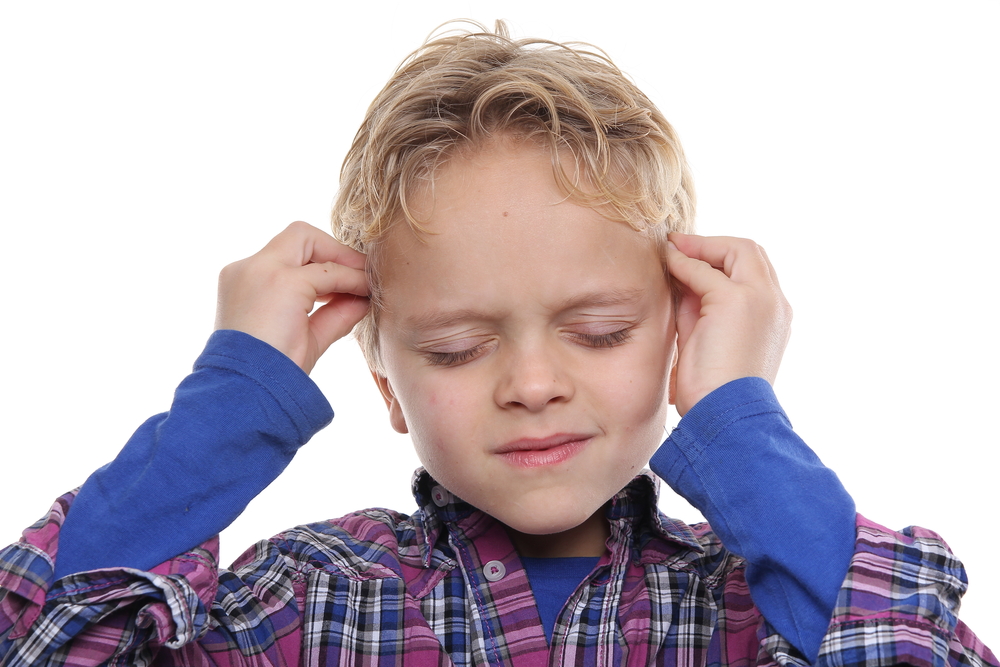Melatonin For Migraine, Who Knew?
This is just a quick post to point out a potentially important discovery in the world of research about Migraine headaches. It’s only one study, but if replicated, could point to a whole new, and less costly, treatment for the malady.
Melatonin, the stuff we’ve all been hearing about relating to our circadian rhythm and sleep cycles, it turns out, works just as well as a standard treatment and (of course) better than placebo in preventing (or decreasing) the frequency of attacks. AND the great thing is that it is not only cheaper but has less side effects as well.
The study was reported on this month (March 2013) in the meetings of the American Academy of Neurology. The lead investigator, Mario Peres MD, told the group that they had conducted a multicenter, randomized, double-blind, placebo-controlled trial to study the stuff. [The best type of research design you can do.]
“Three milligrams of Melatonin is significantly better than placebo,” he said, “and just as effective as 25 milligrams of amitriptyline (the other accepted treatment) with respect to migraine prevention.”
 Melatonin is produced by the Pineal gland and helps regulate our sleep/wake cycle. It has been available as a sleep aid in the U.S. since the 1990s and also as a help for jet lag in travelers. The interesting thing is that if you check melatonin levels in people suffering from a variety of headache types (including migraine) you find that it is low – especially at 10-11 pm when it should be peaking.
Melatonin is produced by the Pineal gland and helps regulate our sleep/wake cycle. It has been available as a sleep aid in the U.S. since the 1990s and also as a help for jet lag in travelers. The interesting thing is that if you check melatonin levels in people suffering from a variety of headache types (including migraine) you find that it is low – especially at 10-11 pm when it should be peaking.
So, it shouldn’t be surprising that there would be a link; but, it’s just that this is the first time an actual benefit from taking it has been scientifically proven. This study involved 178 men who suffered from at least two to eight migraine’s a month and met standard diagnostic criteria.
After a month long baseline observation, three random groups were either given 3 mg melatonin, 25 mg amitriptyline or placebo for three months at about 10pm each evening. There was a decrease in numbers of headaches for both the melatonin and amitriptyline groups but not the placebo.
In addition, any headaches that were experienced showed a decrease in intensity, duration and pain medication use. Not only that, but the side-effects were lower when the patient was using melatonin. Daytime drowsiness was the most frequent symptom in all three groups but worse in the amitriptyline group.
And, lastly, patients actually gained weight in both the amitriptyline and placebo groups but NOT in the melatonin group – go figure. (No that doesn’t mean it’s useful to loose weight.)
Several of the medical reviewers on the paper commented that the study should be expanded and replicated but that for those suffering from the malady it might be worth at least a try. The three milligram dose of melatonin should be taken between 10 and 11 pm and should be a fast-acting rather than a slow-release formula.
[American Academy of Neurology (AAN) 65th Annual Meeting. Abstract S40.005. Presented March 20, 2012.]

